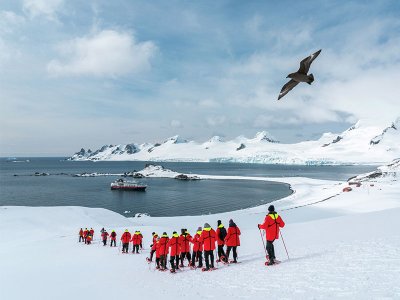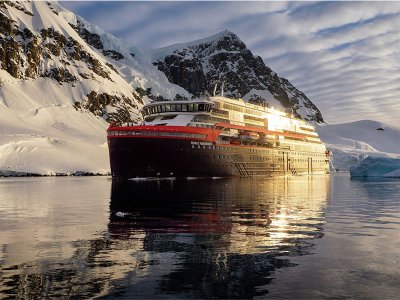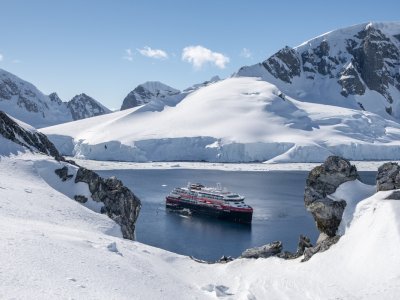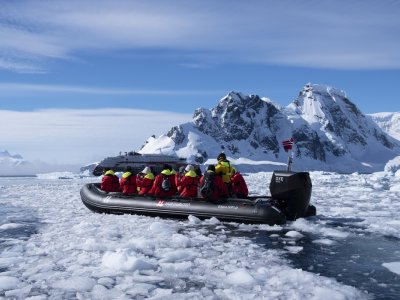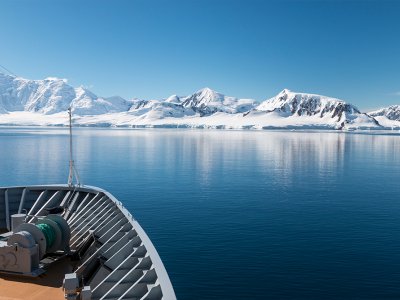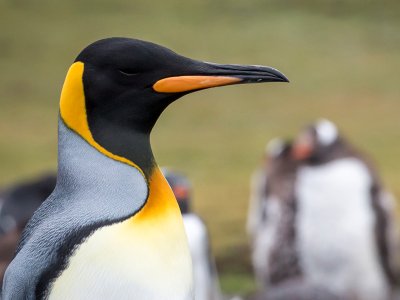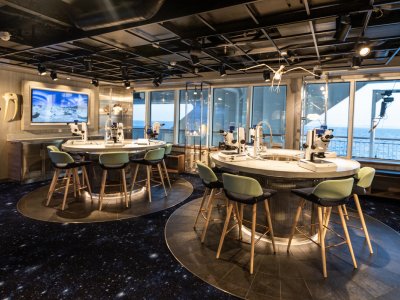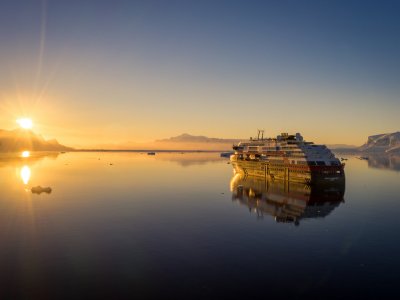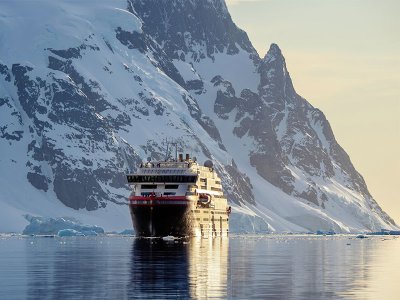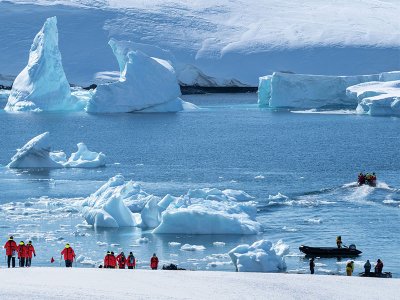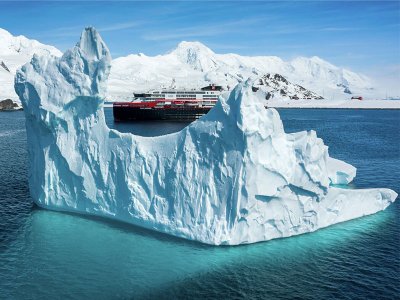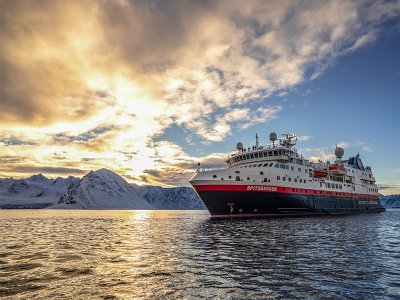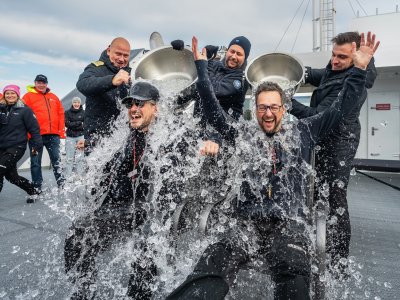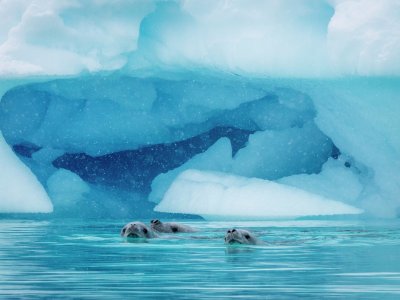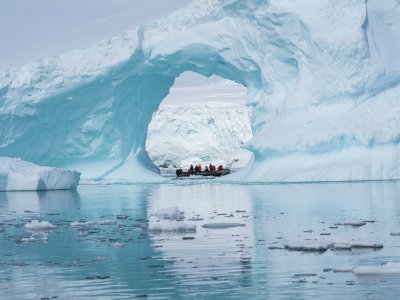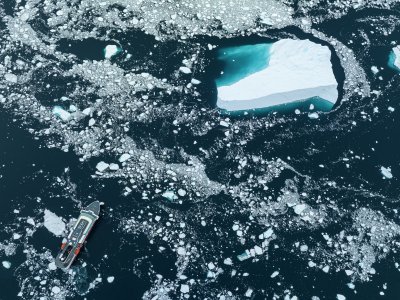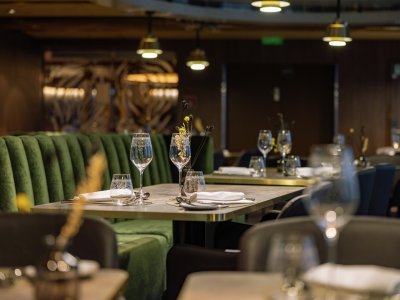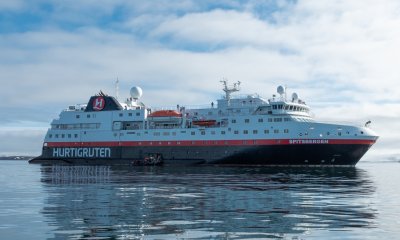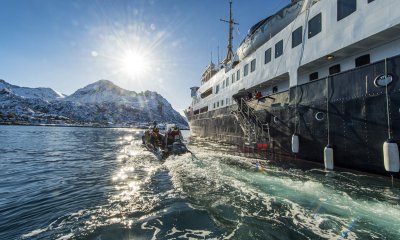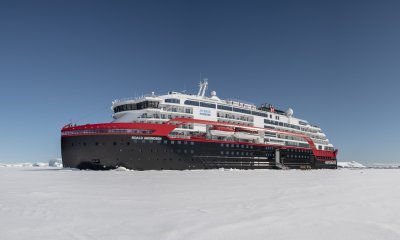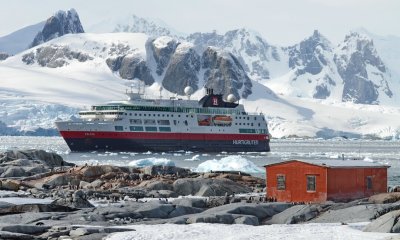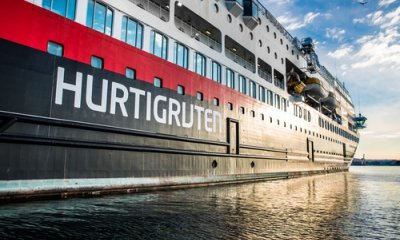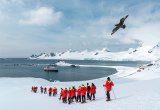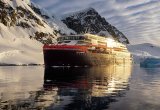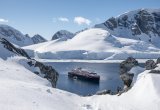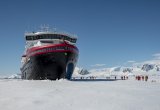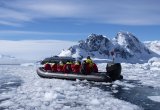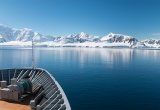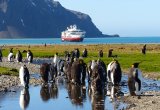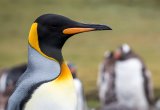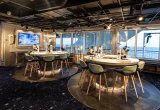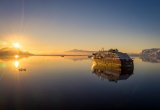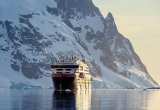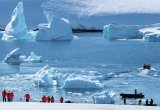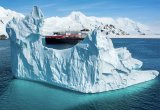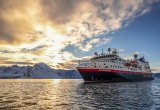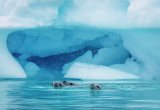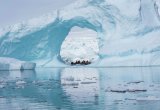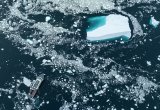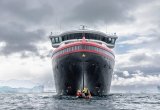GET IN TOUCH
Enquire About Your Expedition Cruise with Hurtigruten
BOOK AN APPOINTMENT
Please fill out your details below to book an appointment with a travel specialist:
CALL US
Mon to Sat: 9am-5:30pm
0203 196 1000
In 1896, Hurtigruten set out on a journey of exploration from their homeland in Norway. Driven by a passion to discover what lies beyond the horizon, they sailed in the wake of the pioneering seafarers who were redrawing the boundaries of our world.
Today, HX Hurtigruten Expeditions are leaders in expedition cruising, taking you to those places that lure the curious traveller. Whether it’s spotting polar bears in the pristine landscapes of the Arctic or getting up close to Antarctica's penguins in our stylish, purpose-built expedition ships, a HX expedition brings you closer to a world of wonder.
With onboard lectures and science centres, your expedition team will illuminate your mind with talks about history, culture, science and art, ensuring you return home with a deep understanding and love of the places you explore.
HX's mission is to be the world’s most sustainable expedition company. In 2023, they were awarded “Best ESG Ranking of a Cruise Company” by Morningstar Sustainalytics. HX has led the industry by being the first to eliminate single-use plastics and heavy fuel oils, and their hybrid-powered cruise ships were a world first.
Join HX as they continue a journey to change the way you see the world.
If you would like help to find your perfect expedition cruise, simply complete the enquiry form to get in touch, or call our Polar Specialists on 0203 196 1000.
Please find a selection of cruises below. If you want to discuss something in particular that isn't listed here, please speak to our Polar Specialists.
Ships
MS Spitsbergen
Standard
Simple
Simple
Capacity
335
335
MS Spitsbergen is named after the Arctic crown of Norway, after a complete reconstruction in 2016, the ship spends part of the year sailing the Norwegian Coast and part of the year as part of the expedition programme, to destinations further afield.
Ms Nordstjernen
Standard
Simple
Simple
Capacity
290
290
Ms Nordstjernen was originally built in 1956 as a ferry serving the coast of Norway and was extensively modernised in 2000 for exclusive Arctic explorer sailings. She offers great value cruises to Spitsbergen / Svalbard and retains the character of an old Atlantic ship, restored to her former splendor with new brass, classic wooden interiors and all her original artwork.
Roald Amundsen
Standard
Comfort
Comfort
Capacity
500
500
Named after the Norwegian polar explorer, Roald Amundsen who was the first person to reach the South Pole. Like its namesake, the MS Roald Amundsen is a pioneer in Polar expedition voyages. The ship is one of the first to feature a hybrid propulsion system that will not only reduce its fuel consumption but will show that large hybrid ships are possible. The Roald Amundsen will be joined by its sister ship the MS Fridtjof Nansen in 2019.
MS Fram
Standard
Comfort
Comfort
Capacity
200
200
The original Fram was the most famous explorer ship of her time, and the achievements of her Arctic and Antarctic expeditions are the stuff of legend. In this spirit, the comfortable surroundings and advanced technology on today’s MS Fram – which was fully upgraded in summer 2022 – make her exceptionally well suited for modern expedition cruising.
MS Fridtjof Nansen
Standard
Comfort
Comfort
Capacity
530
530
MS Fridtjof Nansen the next generation expedition ship. It will explore some of the most spectacular and remote places on Earth. It is the sister ship to the MS Roald Amundsen. Together they are the first hybrid expedition ships to operate in the polar regions.
Send An Enquiry
Enquire About Your Expedition Cruise with Hurtigruten
When Do You Want To Go?

From your first booking with us, you’ll become a member of My Routes Rewards and begin collecting points for every holiday you book!
ABOUT US
We'll compare a huge selection of expedition ships, cruises and operators to find your perfect cruise.
Our prices are amongst the best you'll find, plus look out for Polar Routes exclusive offers!
As supporters of the UK Antarctic Heritage Trust, booking with us helps support the work of the trust within Antarctica.
All our holidays are ATOL protected (11104), for your complete peace of mind.


Why book with Polar Routes?
CHOICE
- We can compare a huge selection of expedition ships, cruises and operators.
- From former Russian research vessels to larger and luxurious ships - there is an expedition cruise to suit you.
- Our Polar Specialists will help you choose the perfect expedition cruise for your requirements.
SPECIALISTS
- We are the expedition cruise specialists and know all the polar destinations inside out.
- Our expert team of Polar Specialists have extensive knowledge of all the expedition ships & operators.
- All of our Polar Specialists have first-hand experience of expedition cruising to the polar regions.
VALUE
- Our prices are amongst the best you'll find, plus look out for Polar Routes exclusive offers!
- All our holidays are ATOL protected (11104), for your complete peace of mind.
- As supporters of the UK Antarctic Heritage Trust, booking with us helps support the work of the trust within Antarctica.







